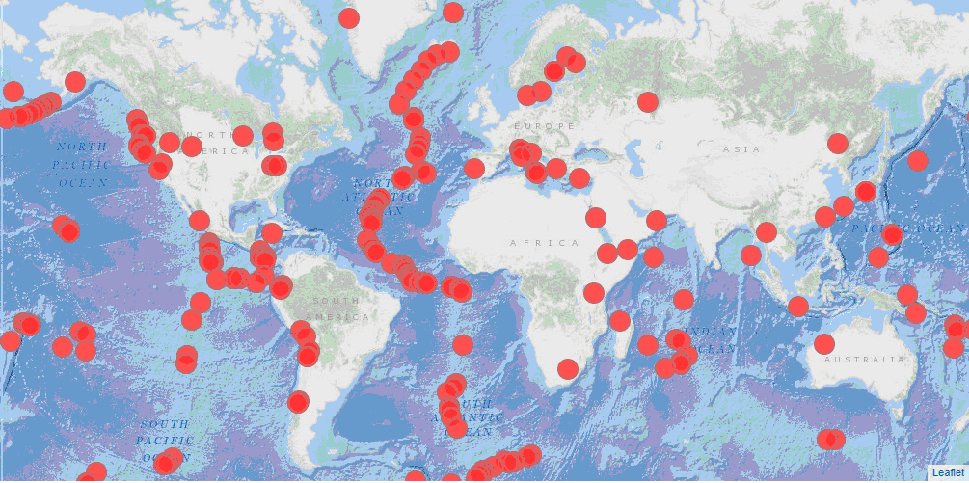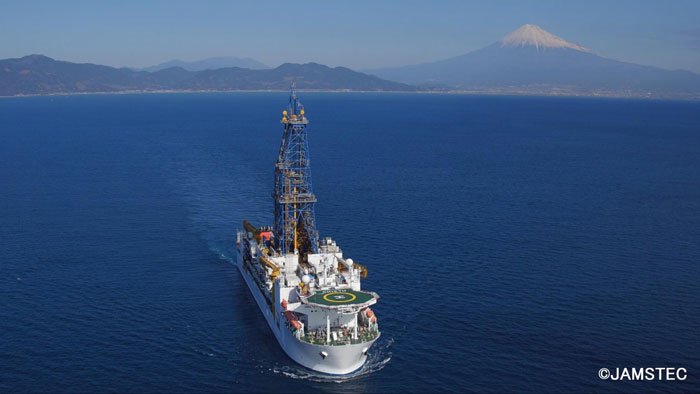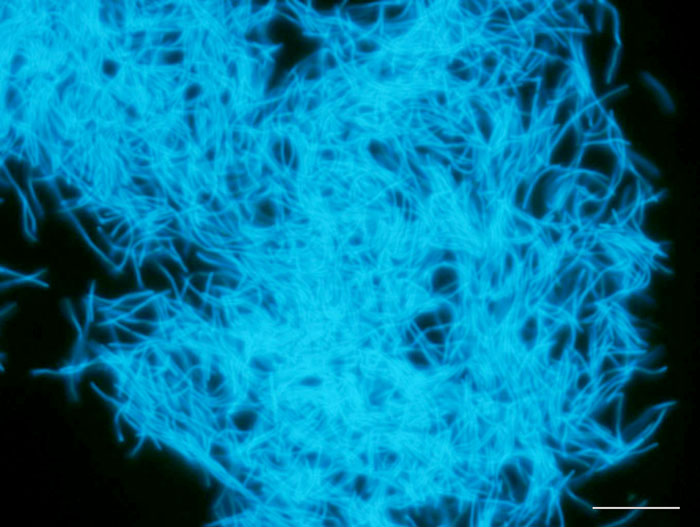We always seem to think of life here on Earth as residing on the surface of our planet. After all life is dependent on the Sun for its energy so even if the depths of the oceans are populated by life certainly living things can’t survive very far below the actual surface of the planet. A new study challenges that idea, finding instead that single celled microbial forms of life live very happily many kilometers deep with the Earth’s interior.
The study is being conducted by the Deep Carbon Observatory (DCO), an international team from 52 counties of geologists, biologists, chemists and physicists. For the last ten years the scientists have been surveying deep mining operations as well as conducting drilling operations in order to get a statistical sample of the amount and kinds of life many kilometers beneath our feet. See image below of the sites worldwide that have been studied by the team.


What they found is astounding, the current estimate of the mass of the life deep inside the Earth is between 245 and 385 times the mass of all the human beings on the surface, all 7 billion of us. More than that, the number of unknown species lying hidden beneath our feet must number in the tens if not hundreds of thousands or more. According to Karen Lloyd, a microbiologist at the University of Tennessee in Knoxville and member of the DCO team the study’s results “force us to reimagine what the boundaries are that life can exist in!” The images below show just a small sample of the kinds of life the team found deep underground.


The conditions under which these microbial creatures survive are also amazing. Temperatures as high as 130ºC, that’s 30 degrees above the boiling point of water, acidic sulfur infused water along with pressures 400 times greater than that at sea level, all in the complete absence of oxygen. Is it any wonder that space scientists are interested in the deep carbon study as it gives them so much information about the extreme environments that life can survive, conditions that could mirror those on other planets.
If you’ll allow me however I’m going to take a different tack. Because of course we also know that bacteria and other simple microbial life are all over that potion of the Earth we more naturally consider life’s domain as well. We’ve been told since childhood that almost every surface we touch is covered with bacteria. That’s why we need to wash our hands often. Worse than that, we also know that bacteria are living on our own skin, in our mouths and in our guts.
If fact a recent paper by Doctor Ron Sender of the Weizmann Institute of Science in Israel estimates that while the average human body contains 30 trillion cells it also plays host to an average of 39 trillion bacteria. Now a bacterium is much smaller than a human cell, see image below, but nevertheless Dr. Sender estimates than for a normal adult between 1 and 3 kilos of their body mass is made up of bacterial parasites.

The same is even truer of every animal, every plant we share our world with, to say nothing of all the blue-green algae in all of the world’s pond, lakes and oceans. And every farmer knows that the measure of the fertility of soil is the amount of living bacteria in it. I guess we simply have to face the fact that the world’s single celled microbial life not only greatly outnumber we so-called advanced forms of life, they probably outweigh us by several times as well.
Or to put it another way; two to three billion years ago all of the life on Earth consisted of simple, single celled microbial organisms and things really haven’t changed much since then!

Hello. And Bye.
Thanks for the comment and come back soon!
Bob L